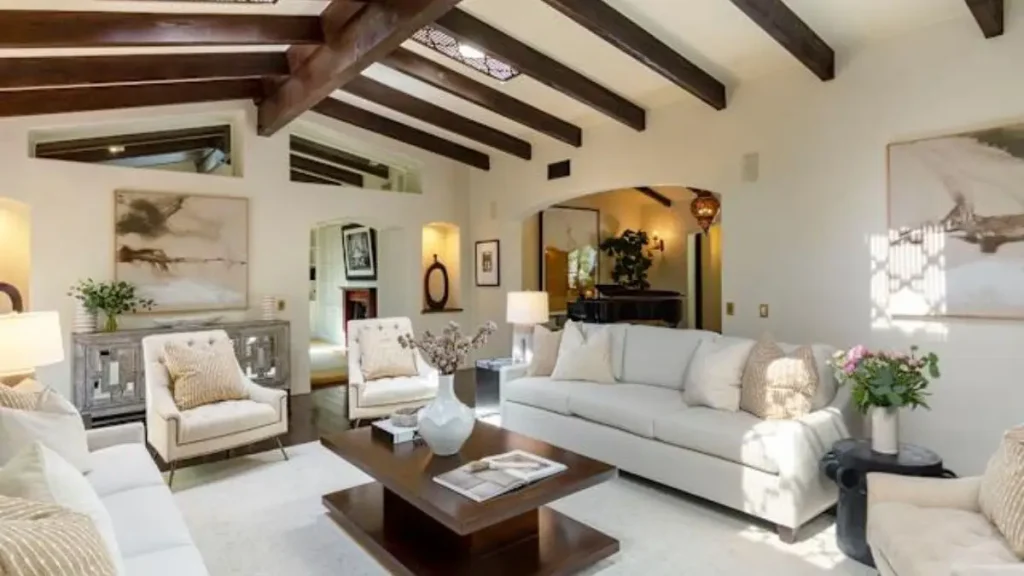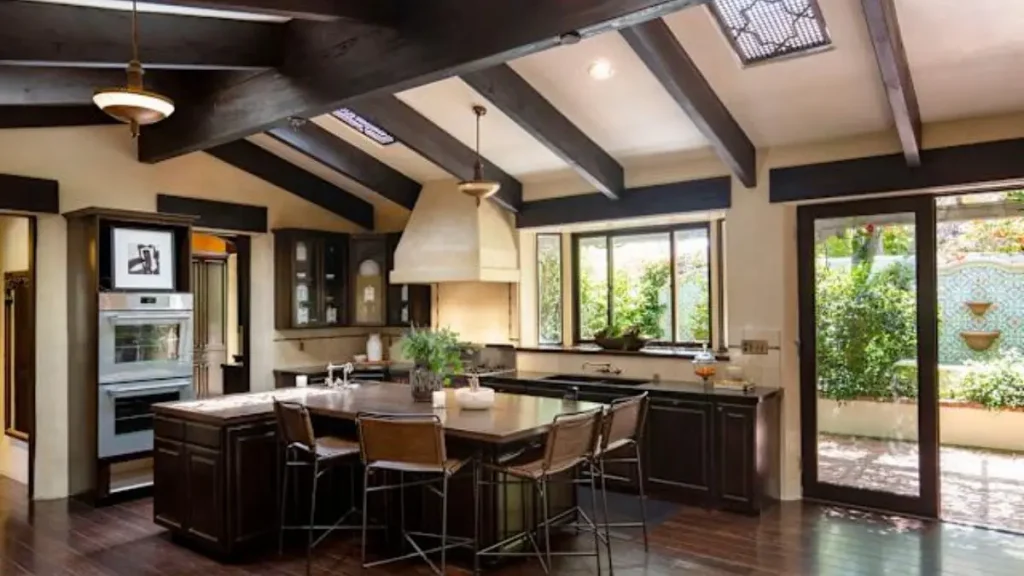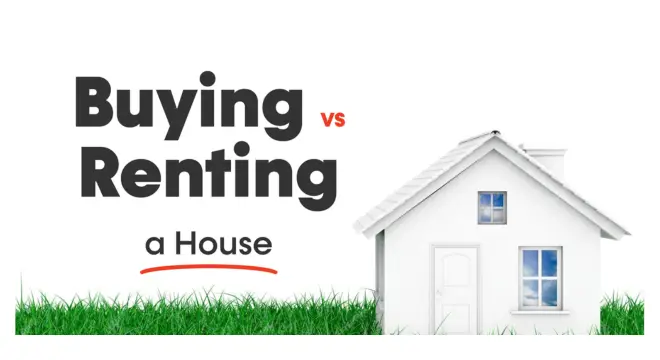Malibu Estate of Tom Petty Returns to Market at $15.49 Million
If you had your eyes on Tom Petty’s Malibu estate last year but couldn’t justify the $19 million price tag, now might be your moment. The home is back on the market—this time at $15.5 million. That’s a $3.5 million drop for a piece of rock history.
This isn’t just another flashy Malibu mansion. It’s the house Petty called home for nearly two decades. Tucked away in a quiet gated enclave above the Pacific Coast Highway, the estate isn’t just about space or luxury—it’s about legacy. He bought it in 1998, built out a recording studio on-site, and turned it into a true creative sanctuary.
You don’t often get a second shot at something like this. The layout, the location, the emotional value—it all makes this listing feel different from the usual celeb-home headline. And the price cut? It tells you something: this isn’t just a trophy listing anymore. It’s an opportunity.
Would you spend $15.5 million to live where a music icon once created his work? Or is that emotional weight too much for a real estate deal? Let’s break down what makes this estate so special.
What You’re Actually Getting for $15.5 Million?
Let’s be honest—$15.5 million is a serious number. But when you see what’s inside Tom Petty’s estate, it starts to make a bit more sense. This isn’t a basic Malibu home—it’s nearly 10,000 square feet of lived-in creativity, spread across a main house, a guesthouse, and a separate building that used to be his personal recording studio.
The house sits on almost three acres of land, tucked away on a private road shared with only three other homes. You’re getting space, privacy, and legit California coastal energy—not to mention some killer design details.
Robb Report called out highlights like a sunken fireside living room, 16-seat dining room framed by wrought iron archways, and a chef’s kitchen with a Wolf range, butler’s pantry, and cozy breakfast nook. Even the ceilings have carved skylights.
You walk through this place and it doesn’t feel like a showpiece—it feels personal, warm, and real. The kind of house where actual music got made.
High-profile homes with unique footprints aren’t new to California. Earlier this year, Adam Levine and Behati Prinsloo’s Montecito estate grabbed attention with its blend of artful design and outdoor privacy—something Petty’s estate also quietly delivers.
This Wasn’t Just His Home—It Was His Sanctuary
You’re not just buying luxury here. You’re stepping into a place that meant something deeply personal to Tom Petty.
He bought this estate in 1998, back when Malibu was less of a billionaire playground and more of a retreat for artists. This is where he lived. This is where he wrote, played, and created. His recording studio, built right on the property, wasn’t for show. It was used.
There’s even a music room inside the main house, along with a library lined with bookshelves, a private gym, and a massage room. It’s not flashy, but it’s thoughtful. You get the sense that everything was there for a reason.
Outdoors, the vibe continues: koi ponds, cascading waterfalls, a fire pit, and even a lighted sports court. It’s peaceful and earthy. You don’t get that often in homes this size.
If you’re a fan, this place hits different. You’re not just buying walls and windows—you’re buying a creative space that shaped actual music history.
Why the Price Dropped by $3.5 Million?

Now let’s talk about the part everyone’s thinking—why did the price drop?
The New York Post reported that the estate was listed last year at $19 million. Now, it’s back at $15.5 million. That’s a serious cut. But it doesn’t necessarily mean something’s wrong with the property. It might just be a reflection of today’s Malibu market.
Luxury homes in this price bracket have slowed down a bit, especially the ones without direct ocean frontage. Buyers are being more selective. A lot of people are thinking about wildfire insurance, privacy, and long-term value—not just square footage.
The price drop may also be strategic. It’s possible the listing agents, Myra Nourmand and Levi Freeman, wanted to bring it into a range that feels more realistic for high-net-worth buyers who want a legacy property, not just a status symbol.
Bottom line? If you thought $19 million was too much, you’re not alone. But $15.5 million might just get more eyes on the listing—and serious offers.
It’s a similar story across the celebrity market. Even comedian Amy Schumer had to adjust her Brooklyn townhouse price to match shifting demand and buyer expectations.
What Still Makes This Home Stand Out in 2025?
Here’s the truth—Malibu is full of luxury homes. Some are sleek, some are gigantic, and some are just cold. But this one has soul.
You’re getting almost three acres in a gated neighborhood, something you just don’t see often anymore. The layout is smart and low-profile. Everything’s on a single level, which is rare for homes this size. And the privacy? Next level.
But the biggest difference here is emotional value. Most homes at this price point are blank slates—empty, sterile, waiting for a personality. This one already has a story. A name. A rhythm.
The recording studio, the hand-painted tiles, the five fireplaces, the hidden courtyards—it’s more than architecture. It’s experience. It’s memory.
So if you’re the kind of person who cares about creative legacy as much as curb appeal, this estate is in a different league.
I’ve even seen folks chatting in private real estate groups lately—especially on WhatsApp—about how homes like this, with creative legacy and land, are becoming collector’s pieces for the ultra-wealthy.
Who’s the Right Buyer for a Home Like This?
Let’s be real—not everyone wants to live in a house where a rock legend once lived. Some people want brand new, clean lines, no past. But if you’re drawn to stories, music, and meaning, this might be the kind of place you’ve always dreamed of.
I can see this home going to someone in the creative world—a filmmaker, a producer, maybe even another musician. Someone who understands what it means to walk into a room and feel history.
Or maybe it’s a fan. A lifelong Petty fan who now has the money to turn admiration into ownership.
It could also be an international buyer, looking for a Malibu retreat with built-in cultural value. Or even an investor, eyeing it for rentals, film shoots, or high-end events.
This isn’t for someone who just wants a place to crash in LA. It’s for someone who wants to live inside a piece of rock history, and maybe even add to it.
If you were in the market for something like this, would you actually go for it—or would you want something more modern? Drop your thoughts in the comments—I’d genuinely love to hear what kind of home you’d call ‘legacy-worthy.’
Petty’s Other Homes—and the Bigger Legacy

Tom Petty didn’t just own this Malibu estate—he had a few places that reflected different parts of his life. But this was the one that mattered most. This was his main home, his everyday space, the one he held on to for nearly 20 years.
That said, there are a few other properties tied to him that show how his real estate life unfolded after his passing. For example, in early 2023, his Malibu beach cottage sold for $10.3 million—which was $400,000 over the asking price. Not because of square footage, but because of who lived there.
His Pacific Palisades bungalow is still in the family. And in late 2023, his widow Dana York bought a new place in Holmby Hills for $6.6 million—a beautifully redone Spanish Colonial.
All this paints a fuller picture. Petty’s homes weren’t just assets. They were places that meant something—to him, and now to the people who buy them. If you care about legacy, that matters.
These kinds of stories—where homes tie into an entire public figure’s journey—remind me of Joy Mangano’s Long Island estate, which also recently hit the market and offers a behind-the-scenes look at a different kind of American legacy.
What It’s Like to Actually Live in This Part of Malibu?
Let’s step back for a second. Beyond the estate itself, what’s the area like?
This part of Malibu—just above Escondido Beach and near Paradise Cove—is ultra-private, but still close enough to everything. The estate sits on a gated lane with only three other homes, which means minimal traffic and real quiet.
You’ve got ocean views just a few minutes down the road. You’re near hiking trails, beach clubs, and some of the best sushi in the city. But unlike some Malibu spots, this one feels tucked away.
Also worth noting: This property hasn’t faced wildfire damage, which is becoming a big factor for buyers out here. And depending on your insurance setup, that can save you thousands a year.
So while the estate is clearly the star, the neighborhood quietly backs it up—with privacy, nature, and no unnecessary flash.
Is It Worth It? That Depends on What You Value
Let’s bring it all together. Is $15.5 million a lot? Of course. But you’re not just buying a luxury estate. You’re buying a creative space with real history, in one of the most iconic parts of California.
You’re getting nearly three acres, a custom-built recording studio, water features, a sports court, and architecture that actually feels like someone lived in it. Someone who mattered.
For the right person, this is more than real estate—it’s a chance to live where art was made. Where songs were written. Where quiet mornings turned into music.
If you’re into real estate stories with real meaning—homes with a story, a soul, and sometimes a surprising price tag—you’ll want to check out more under our Real Estate & Homeownership section.
Disclaimer: Property details, pricing, and ownership information are based on public listings and media reports as of July 2025. Values may change without notice. For the latest updates, please contact the official listing agents.


